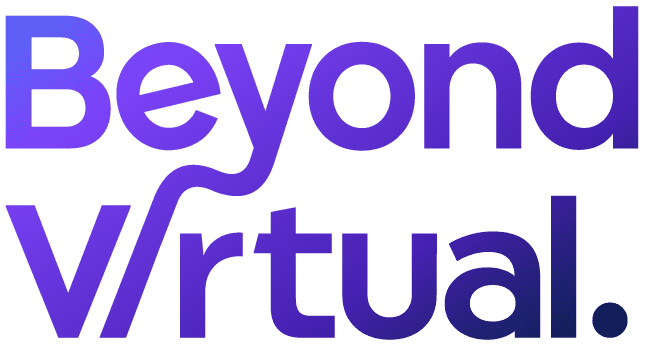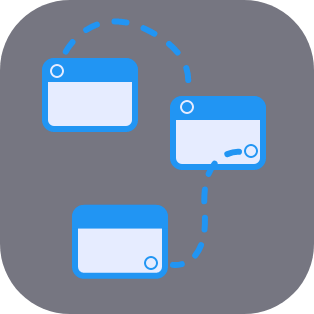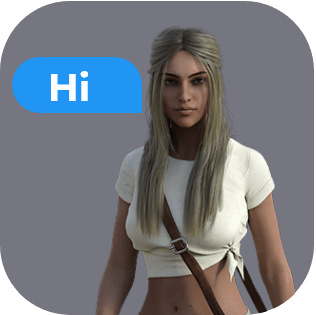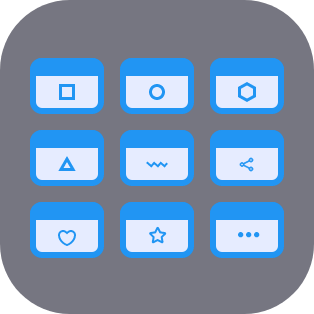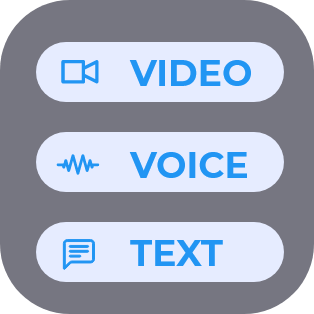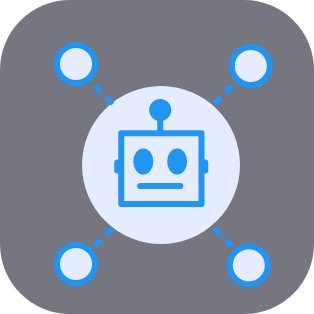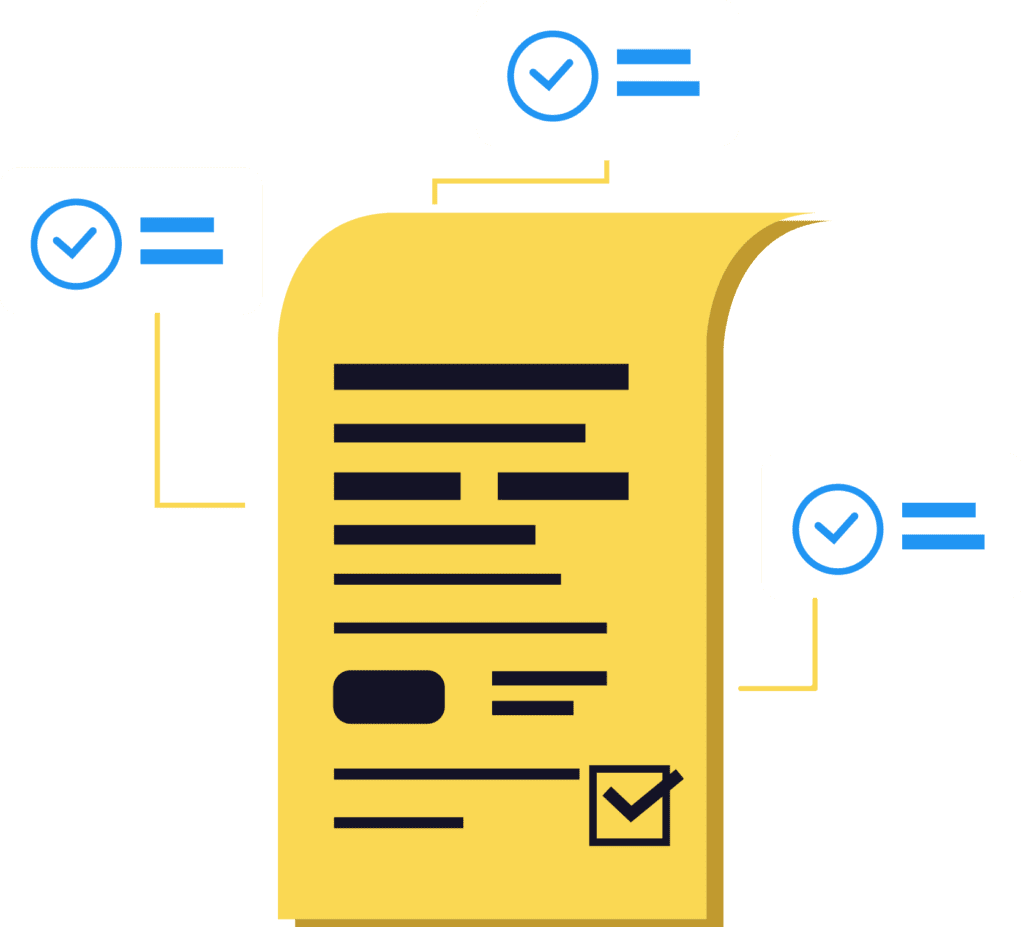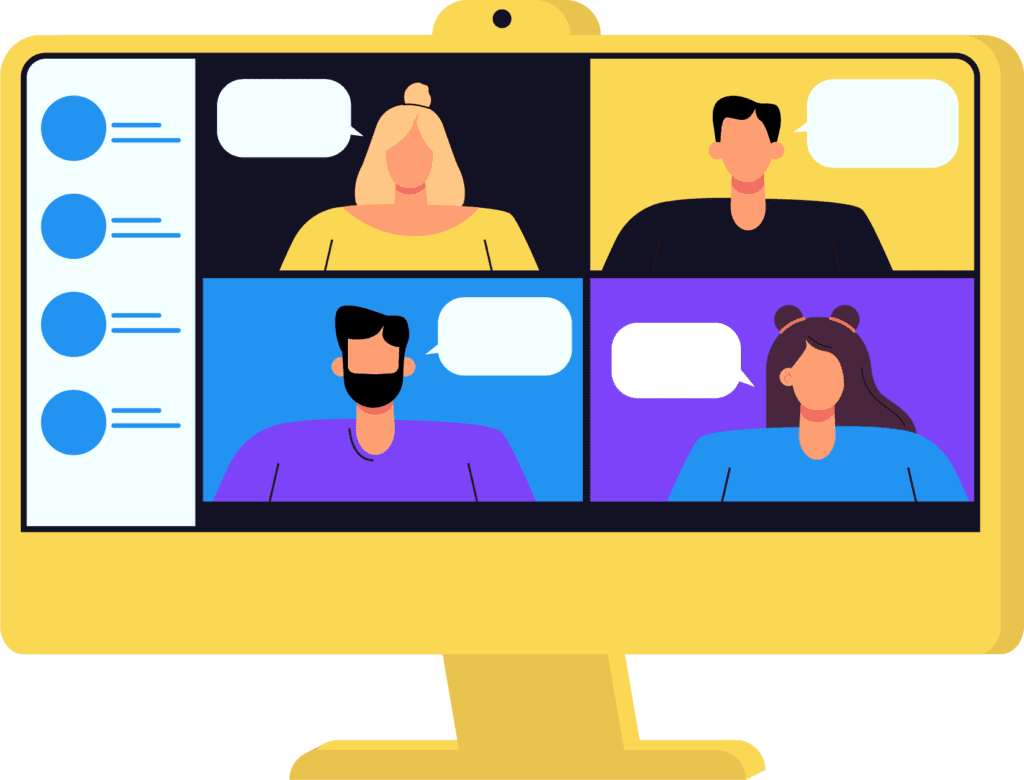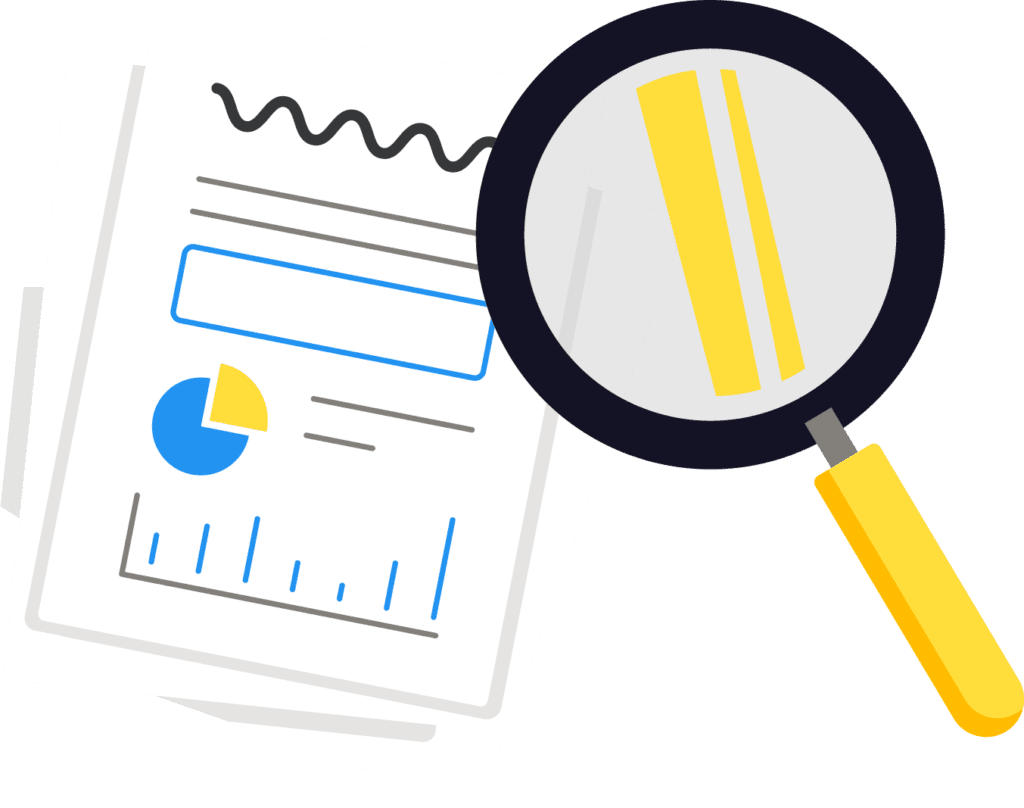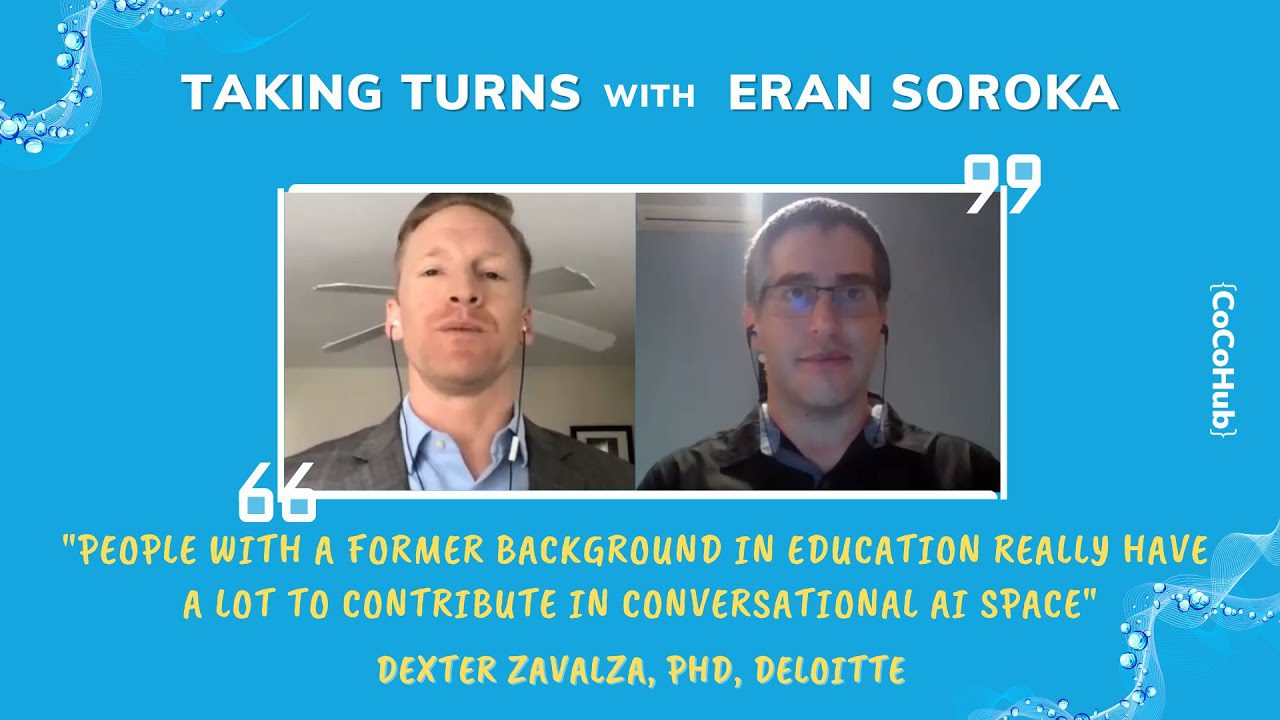10 years after starting out helping friends create conversational interfaces, Zexter Zavalaza Hough Snee, PhD is a much-respected veteran and expert in the conversational AI fields. After being a writer, lecturer and researcher in California Berkeley, he moved to the Big Tech and recently became a lead linguist and conversational AI designer in Deloitte Consulting. In the 17th episode of Taking Turns, he talks the importance of conversational design for enterprise bots, tackling profanities and pizza emojis, and why lecturers and teachers can be so great at conversational AI.
• HOW DID YOU get to CONVERSATIONal AI?
It’s an interesting story. I think everybody has one, right? I’ve heard so many of my colleagues give their sort of a their narrative as well and mine’s similarly sort of roundabout, similarly indirect and similarly, you know, a happy landing in the conversation design space.
So I ended up going the academic route and ultimately pursuing academic training in Applied Linguistics and then ended up trending more literary through the PHD at the University of California Berkeley. Obviously being in the Bay Area, there was always an agency or a start-up that needed somebody to write or to do some words things for them.
So people started reaching out to me about this point ten years ago asking for UX writing more than anything, although again that discipline was sort of nascent at the time too, relative to UX design and it that ended up turning into chatbots, simply people saying ‘I need you to write not just for screens, but for other types of interactions, right? Can you write something for this IVR flow that we have, can you write something for a chatbot?’, things like that.
And so I was doing conversation design in sort of a small-scale first, so it’s bits and pieces here and there for people in my network without even realizing what it was, as I was going through grad school. And then as I got more formal linguistic training and sort of worked in that space I realized that there was a direct intersection between my training academically and then what I was doing in that space and oh, yeah, by the way, there’s this whole discipline that’s now emerging across the Big Tech landscape.
Do you want a chatbot connected to a phone in your business? Here’s how to do it.
• What is the project or bot you’re most proud of?
A lot of the things that I really enjoy working on most or support, were fun pet projects. It’s really interesting for me to pick up projects that are honestly pro bono, for people in my network that just need either a good chat experience or a good voice experience to support what they’re doing.
I’m sure that the question, ‘How do you get into conversation design’ is on your docket somewhere – so find a cause you care about, like an organization with a limited or scattered digital presence, with a real need for a voice interaction or has a real potential use case.
For example, a museum. They’re not going to have resources, they won’t prioritize what their voice presence will look like within the Google actions catalog. You can reach out to them, offer your expertise. “Hey! I’ve noticed that when I say ‘hey Google, talk to Big City Museum of Art’ – I’m getting Wikipedia. I can help you guys craft an experience that ultimately contributes to your brand. It gives your visitors and members some value, and also helps me this to build a portfolio in that space”.
I’ve done some projects in the surfboard industry and in the museum space. I was reaching to folks, saying – “Hey, I noticed you guys don’t have a voice presence. I work more on IVR and chat and other things, but I’ve really got something that can contribute to what you do”. Obviously there are additional hours , but those are types of products we derive the most satisfaction from.
💬 Previously on Taking Turns – Check out the whole playlist 💬
Transition Game: Zara Jillings pivoted from hoops to digital persons
Maciej Maliszewski: “Chatbots can be the most important business channel”
How the Roo Chatbot is creating and reflecting a societal change
Rebecca Evanhoe: “Context is the most important thing for voice”
• As a former lecturer and researcher, Is there a practice from there you’re using in your current work?
I was in higher education. I obviously went through grad school and the terminal degree route and ended up teaching in universities. Ultimately I declined tenure-track work to continue working in technology. Beyond the e-learning piece or the instructional design piece, I did have a brief stint at a big tech company as an instructional designer, writing scripts for video-based curriculum.
There’s a lot of overlap there. E-learning is obviously very video-based. So any scriptwriting you may do there will contribute quite well to have a natural coherent dialogue in language that users are both familiar with and comfortable with, when engaging a voice based bot or something. As you grow out of an individual contributor role and start to build out a conversation design practice on the enterprise, background values that former educators have are extremely valuable in the business space.
I’ve spoke with and helped some people land some roles, many of whom were former educators. I understood that their ability to apply what they had learned or honed in front of a university classroom over many years was extremely valuable. They can command an audience, make material extremely interesting. They can communicate clearly and directly, set an agenda, run projects and meetings very efficiently. Also, the empathy they had for their students ultimately translated very directly to the empathy you would have for an end user, a client or a customer.
I think people with a former background in education really have a lot to contribute to this space. It does line very directly with user-centric thinking, design thinking more broadly.
Conversation design is in the place UX design was probably decades ago. We still do have to fight tooth and nail at times for our legitimacy within the workplaces.
DEXTER ZAVALZA
• On the other side, the Coronavirus changed E-learning for the foreseeable future. So, how conversational AI can contribute both to the lecturers and the students?
There are certainly some platforms out there doing interesting work. I’ve definitely seen comments from my colleagues and my network who have gone through some of these AI-driven E-learning experiences.
And there’s a lot of potential. You can supplement a mooc – massive online open course – or something of that nature very easily and seamlessly. It can be done by integrating a good bot experience, text-based or voice based. You could obviously give it another level of depth and of interactivity there. Things that are going to potentially meet the needs of those use cases. For example, the office hour question – not just the FAQ type question like ‘when is my assignment due’, or ‘how do I access this portal’.
However, there was a lot of room to go deeper and really understand how you can build out flows that do allow for that back-and-forth. The technology in terms of NLP & NLU will enable a true conversation, that the user can feel that they are getting that deeper explanation, that continues to drill down into topic matter; As you would if you were talking to a subject matter expert/professor in some other context. There’s a lot of interesting work to be done there.
CoCo & Co Content reCommendations
- How AI is making an impact on incumbent industries?
- When sound design makes all the difference
- How can Conversational AI help in the fight against the Coronavirus?
- Check out our conversational AI glossary
From your broad experience, what is the most important thing for a chatbot or a voice assistant?
The most important thing is really across the board, and we can’t stop coming back to it enough; Channeling Cathy Pearl, who I respect a great deal and whose work I’ve learned a lot from. In short: it’s all about the use case.
In the world I live in now, there’s the potential for someone to sell a solution that is conversational without having that as a use case. Then, it becomes even more essential as you get into different scales and different business models where you’re trying to work with conversational AI to always understand that. What is the path of least resistance? What is the most friction-free experience that that user can have?
And that’s really what you have to ask going into the physical environment in which the user is going to be found; The other sort of coordinates around time of day and in the things they’re trying to accomplish. However, you don’t want to sell and you certainly don’t want to build a conversational experience where it could have been two taps on the screen to get there much more easily.
Once you’ve determined that the use case fits, it need to be hands-free. You need to be eyes up, then ask yourself how do you make it as minimalist as possible. You get it as straight front-to-back as you can, but still embody the brand and persona of the company itself.
I was reaching to folks, saying – “Hey, I noticed you guys don’t have a voice presence. I’ve really got something that can contribute to what you do”
– DEXTER ZAVALZA
Tell us about the funniest, most surprising thing that happened to you while designing conversations.
The funnest thing for anyone is the first time they start reading the logs. Trying to understand when they’re getting hit with the emojis and curse words, profanities. Or a bunch of emojis that ultimately you can’t necessarily translate. Even if you have emoji handling built-in, Unicode and things like that, it’s very subjective. What am I using a clown face for? Am I calling the bot a clown? Am I saying that was funny? If someone throws a pizza slice emoji while filing or servicing insurance claims – what does it mean?
So we’re trying to work through those problems with developers. We’re making sure that we can train models in a way that really account for both of those. We can give the user the escalation they need because they’ve dropped an F-bomb on me; Or trying to reel them back in and give them some little Easter egg of a fun response. So bucketing out the decidedly positive the decidedly negative emojis and say, hey, we’ve got a response for that and giving them that little bit of that delightful experience. It will ultimately help the bot to stay alive, when the user may have tried to actually kill the session by throwing a curveball.
• Besides finding a use case that appeals to you – what other tips or advice can you give to people who want to enter this field?
The way I always frame the conversation design field is that there are three, four, maybe five different permutations of identity that are sort of prevailing in this field.
I don’t think anyone has to adhere to any single one of those. But you’ve got the two poles – you’ve got the writer on one hand: the scriptwriter, UX writer, the creative. Then somewhere you got the UX designer, who may not be language-focused. Additionally, you’ve got the hard core developer, the person with a technical background. They’re able to build the experience, but they have more interest in being able to make it more delightful.
So it’s where do you fit within those poles is an important thing to understand. When you’re walking into interviews, and when you’re talking to people in the space. There are 4-5 common permutations within that spectrum – identify where do you really feel you are in that range. Are you more pure scriptwriter, pure creative, or you’re more technical; Or, are you aspirationally technical but being stronger in a more general UX space? If you are a UX designer who’s just hoping to get more familiar of more fluent in conversation design, where does that position you as well?
There, it really becomes a matter of personal branding in a lot of ways. And also understanding both when you are aspirational, versus where you truly do have fundamentals tools and skillset to offer to either an employer, a project, a client or whatever you may be trying to negotiate to get that work on your resume.
• Deloitte is a big company, you don’t need an elevator pitch… What can you tell us about your area of responsibility, your key goals, in the enterprise?
I’m going to speak at a very high level regarding enterprise bots, and not on behalf of us. Many enterprises are currently building out conversation design, to ensure a delightful front-end experience for the user. Obviously, that connects directly to the client, brand or enterprise you’re working on behalf of, or with.
Part of doing that is finding the right people to staff a conversation design practice. Have the former UX or the current UX designers, writers, creatives and developers as well. Really, try to understand what all the talent pool that we have internally in the enterprise is. Also, try to attract talent – that’s a fundamental part of trying to build out a conversation design practice more broadly.
Therein, we also have to be very attentive to all the different channels we may want to use as designers. Also to those in which our clients may be wanting to use as well. Or internally, with enterprise bots – what are all of those communications channels that you use to service your customers. You want to ensure that they have access to the resources they need to have the best customer experience possible.
Connect the CX with the UX
To some extent, a lot of that comes down to a philosophy of connecting customer experience with user experience. You need to make sure that the business users or the business professionals in an organization are connecting their customer experience goals and KPI’s directly back to user experience.
So in building out any practice, I think it’s about getting the right people in the room, the right players of instruments in the orchestra. Then, there’s a lot of room to have specialists in many different things doing that type of work.
Obviously someone who’s written for IVR, SMS, is just as capable of writing for some other channel. Others may have written strictly for screens – but are just indefatigable UX writers who really just have a craft, a passion for the written word. Then, converting that into the spoken or chat based experience – they’re also going to have a lot to add. Certainly having developers who are getting your webhooks in place and writing your API’s, etc – that’s essential too.
Fighting for legitimacy
So it’s a big part of a lot of these enterprises right now in the work we’re doing. It’s about making sure that at that core level, we can both build out that discipline by having the right people in the space; Understanding all the channels we’re going to be working on; Understanding all the use cases and where they align to those channels; Then ultimately trying to really advocate for the necessity of having conversation design being a part of the process.
We’re at a stage where I think UX design was that probably decades ago, to be very honest. I was in the space then, but where we still do have to fight tooth and nail at times for our legitimacy within the workplaces. That becomes even more important when we’re pitching work to clients. Whether you’re an agency or startup or consulting firm. When you’re working with clients, you have to budget for design as well.
So people always want to know ‘how fast can you get my solution live’. However, they don’t take into account that if that solution goes live, but it’s not a great experience, it’s doing more harm than it is good. How do you ultimately advocate for conversation design? Not only internally, but externally when you’re in that sort of customer facing or client managing sort of role. So a lot of that intersects very directly with what we’re doing at Deloitte. Those are very exciting times, with lots of work going on in 2020 and beyond.
Next week, we’ll have episode 7 of Coming To Terms with AI! In the meanwhile – subscribe to our YouTube channel | Join our Discord community | Sign up for our newsletter | Follow us on Facebook, LinkedIn, Instagram or Twitter
